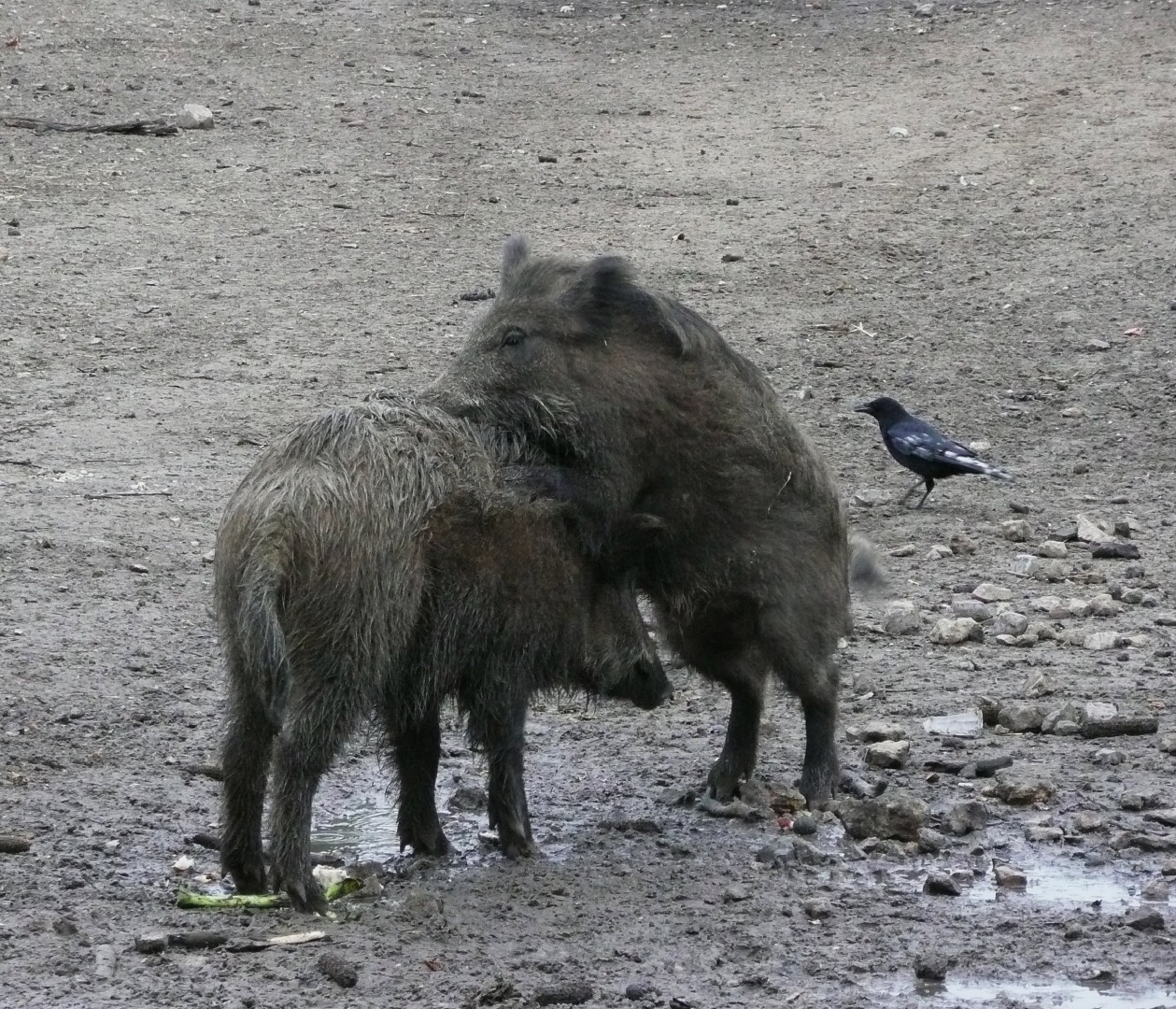Central european boar
A species of Pigs Scientific name : Sus scrofa scrofa Genus : Pigs
Central european boar, A species of Pigs
Scientific name: Sus scrofa scrofa
Genus: Pigs
Content
Description General Info
 Photo By 4028mdk09 , used under CC-BY-SA-3.0 /Cropped and compressed from original
Photo By 4028mdk09 , used under CC-BY-SA-3.0 /Cropped and compressed from original Description
Central european boar is especially known for its high reproductive potential, with a mature female bearing approximately 5-7 piglets twice yearly. Moreover, central european boar's omnivorous diet plays a significant role within its ecosystem enabling it to break down nutrients in plant matter, reducing competition for herbivores and promoting forest renewal.
General Info
Lifespan
10-15 years
Diet
Central european boar is an omnivorous species primarily feeding on roots, shoots, fruits and small invertebrates. These wild boars also consume various types of nuts, fungi, and occasionally carrion, employing their sharp tusks to forage food in diverse environments.
Appearance
Central european boar is a sizable, robust animal with coarse fur. It sports a gray-brown color, commonly displaying varying stripes or dots, particularly in younger specimens. Its elongated, flexible snout, paired with its distinctive tusks, particularly prominent in males, shapes its unique silhouette. Central european boar possesses a compact body, supported by relatively short, sturdy legs ending with cloven hooves, complemented by a hairy, straight tail.
Behavior
Central european boar exhibits a highly social lifestyle, forming complex structures known as sounders primarily made up of females and their young. They forage using their highly sensitive snouts in a nocturnal pattern. Territorially, they mark areas with trees by stripping the bark. Their survival behavior includes wallowing in mud for temperature regulation and parasite control.